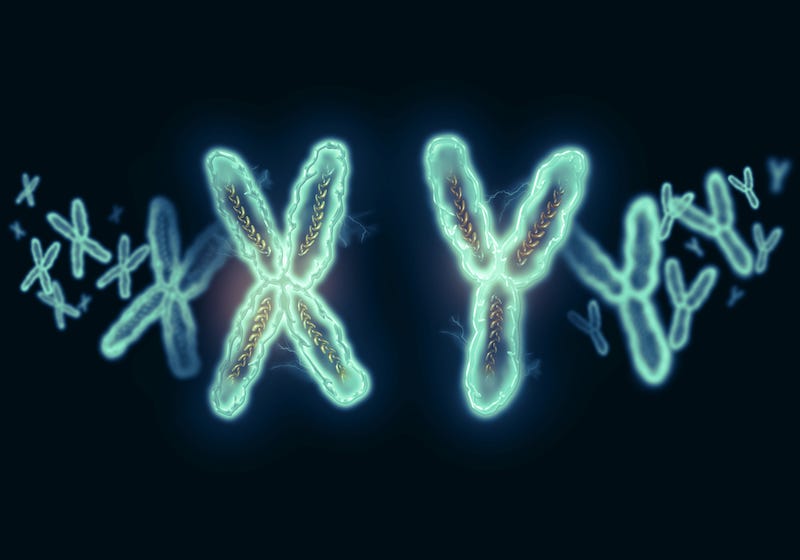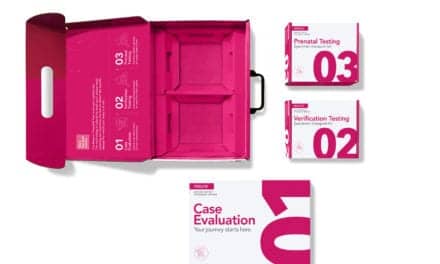Measuring reproductive health is becoming more exacting as medical technology advances. One of the newest ways is with cytogenetics analysis.
By Chris Wolski
Evaluating a patient’s reproductive health is among the most personal and emotionally fraught areas of clinical testing.
Until recently, it was also one of the most difficult areas to evaluate. But an emerging set of diagnostic tools, including cytogenetics testing, have made measuring reproductive health a more exacting science.
CLP recently spoke with John Burrill, PhD, director of Product Management and Market Development, Microarray Reproductive Health for Thermo Fisher, about the advances in cytogenetics analysis, the challenges cytogenetics analysis can solve, and the way ahead for reproductive genetic counseling.
Burrill’s answers have been edited for length and clarity.
CLP: Could you give an overview of the cytogenetics analysis landscape?
John Burrill: Technological advances in genetic analysis have greatly expanded the capabilities of cytogenetics testing in recent years. These advances have led to the introduction of high resolution, genome-wide techniques for chromosomal analysis, such as chromosomal microarray analysis (CMA), exome sequencing (ES), and genome sequencing (GS). However, despite this technological evolution, there is still room for further improvement such as accelerating turnaround times and streamlining genetic analysis, which continues to be largely manual and time consuming.
CLP: What are some of the challenges and needs labs are facing and looking to address with cytogenetics analysis?

Burrill: Labs conducting cytogenetic research are under constant pressure to improve efficiency and productivity so they can boost throughput while lowering costs. There are a few ways for labs to accomplish these goals. First, to compete in today’s market, labs must adopt the right technology to realize higher throughput and faster turnaround times. Second, labs can take advantage of automated software solutions to accelerate genetic analysis and interpretation, which historically have been a bottleneck.
CLP: How can genetic analysis software help advance prenatal and postnatal testing?
Burrill: Genetic analysis software plays a central role in modern genetics and genomics research by helping scientists analyze large amounts of genetic data. Advanced genetic analysis approaches like CMA, ES, and GS can provide more thorough data about a person’s entire genome that can help with the identification of genetic abnormalities. However, analyzing the large amounts of data can be time-consuming and labor intensive. Fortunately, innovative analysis software, integrated with digital automation, is contributing to greater lab efficiency.
With a massive amount of data at their fingertips, researchers can use analysis tools to quickly prioritize the most important mutations in a sample, greatly increasing productivity for lab directors and clinical geneticists by minimizing time spent manually searching for genetic associations. For example, Thermo Fisher recently launched CytoScan Automated Interpretation and Reporting (AIR), a solution that leverages AI to automate data interpretation and analysis, saving time and resources for the lab.
CLP: What other innovations are on the horizon for reproductive health genetic analysis?
Burrill: One of the advances I’m most excited about is innovation in CMA, especially innovation designed to shorten turnaround times. As Thermo Fisher continues to invest in improving CMA technology to meet the needs of today’s labs, our goal is to help labs reach the answer to their question as quickly as possible and with as few steps as possible. To do that, we recently launched the Applied Biosystems CytoScan HD Accel research array that offers an accelerated workflow with just two-days turnaround time. With faster turnaround times, labs can aim to double their business and increase assay productivity by up to 100% using the existing instrument configuration to become more efficient, productive, and profitable. In addition to faster turnaround times, we also designed the new array to help researchers expand their investigations, as sometimes a single SNP or copy number variant is the key to the next new insight that will advance cytogenetics research. The new chromosomal array has balanced genome-wide improved coverage. With just 100ng DNA sample requirement, it can deliver reproducible results with 50% less sample DNA than many commercially available CMA solutions, empowering labs to get reliable results from less DNA in a much shorter time.
Chris Wolski is chief editor of CLP.





